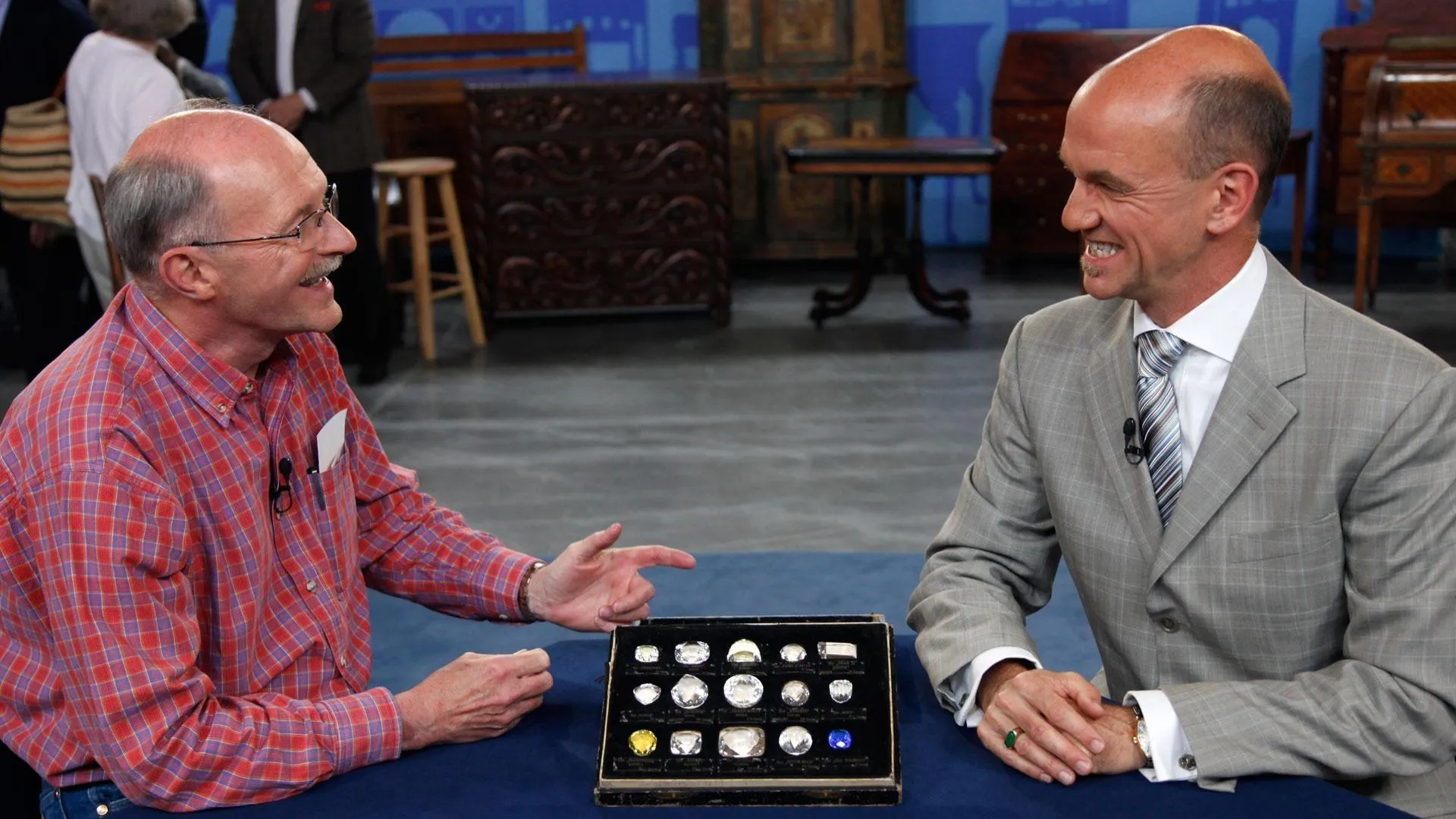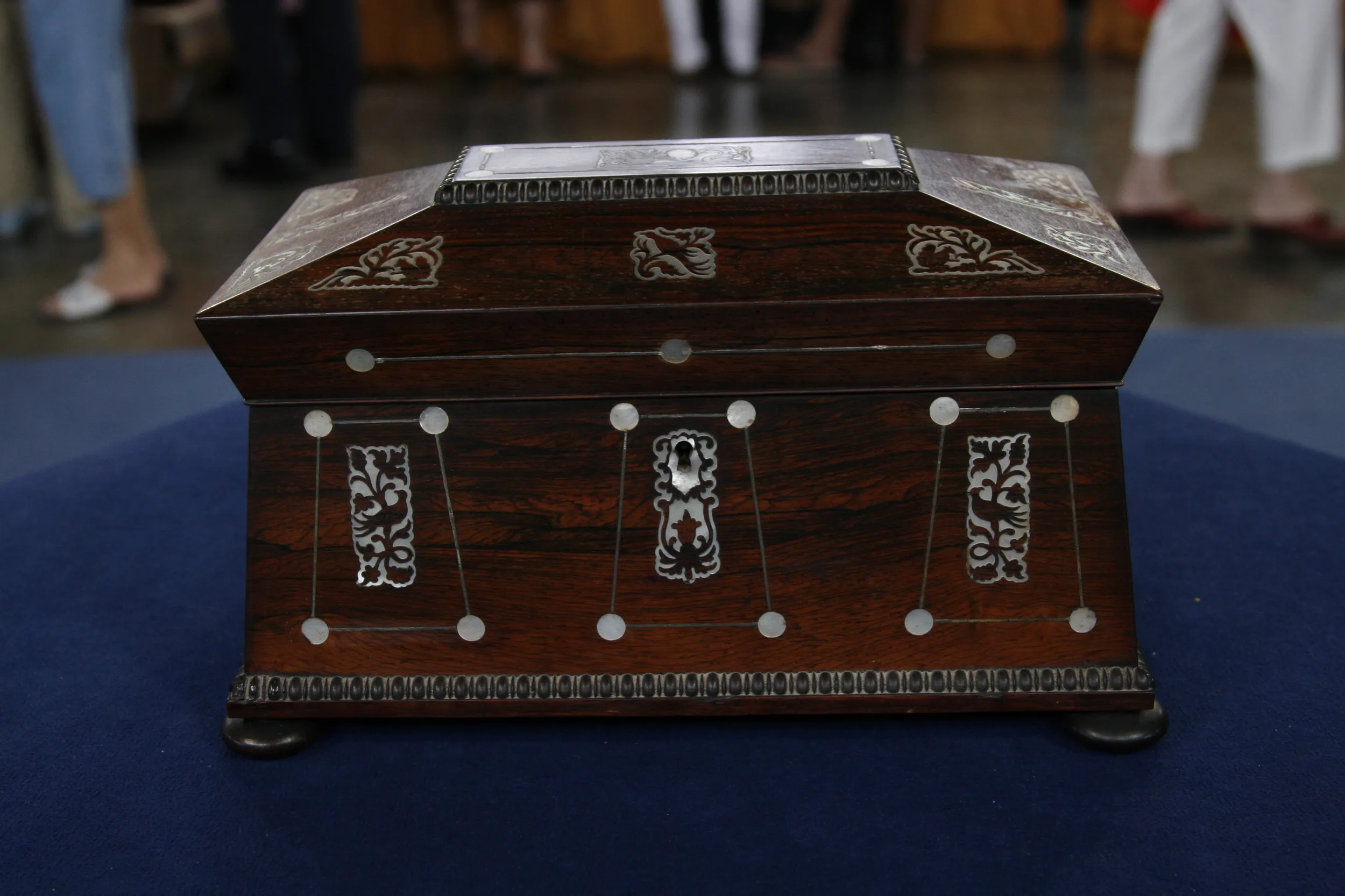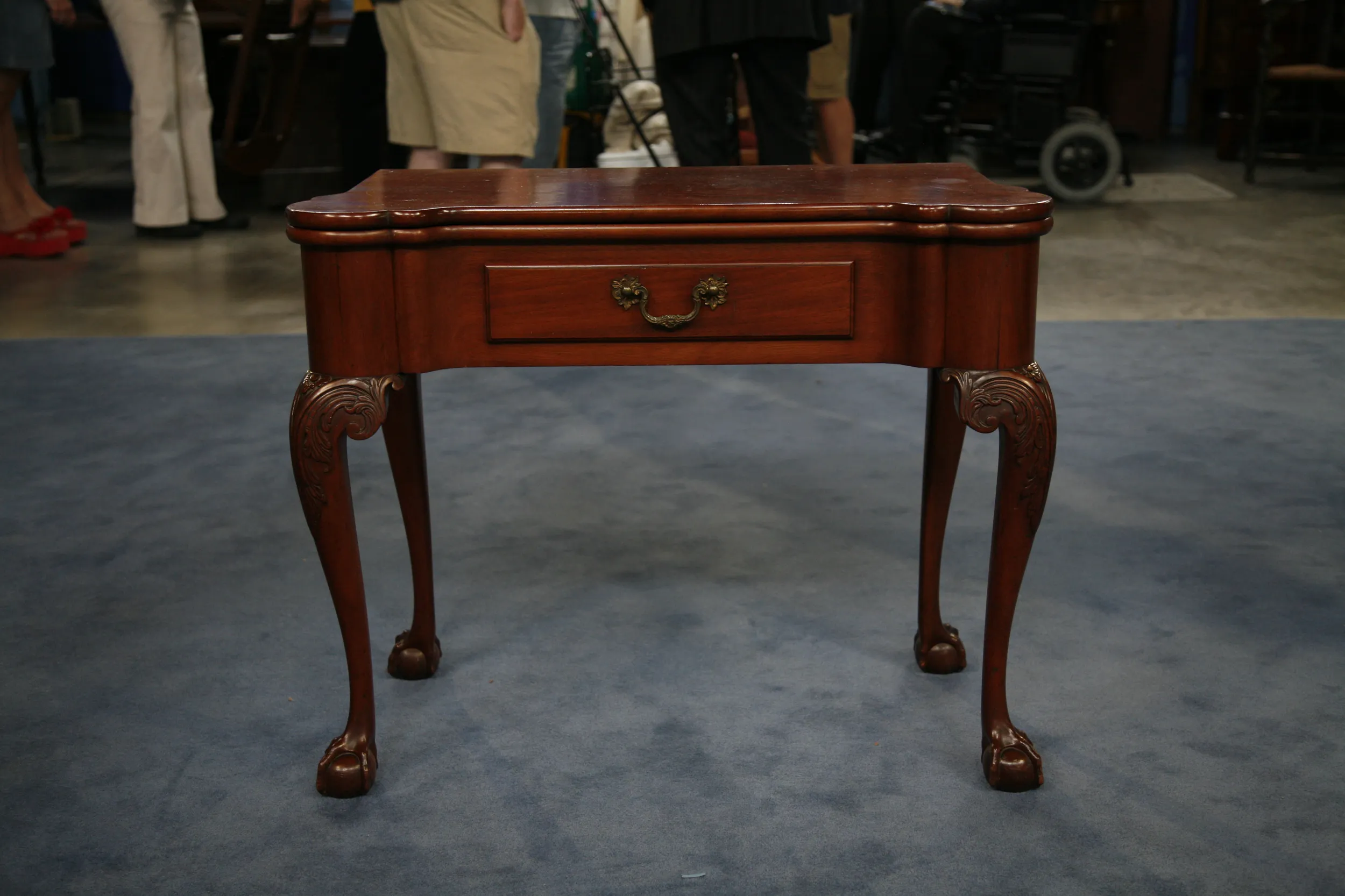GUEST: Well, I brought in a clock. It was my grandmother's, and she passed away several years ago. I also brought in with the clock a newspaper clipping, which I think is from a Toronto paper, and it says the clock had been ticking for "70 thousand million" times, and this newspaper clipping came from 1936. And the clock itself, all I know about it is that on the face it says it was made in 1673 by a William Holloway in England somewhere, and that's all we know about it.
APPRAISER: Well, what you have is called a lantern clock. And this particular clock was made in England. They were very popular in the 1600s, and it's really the first clock that was manufactured for a domestic purpose. Prior to this type of clock, the lantern clock, if you owned a clock, you were probably British royalty.
GUEST: Hmm.
APPRAISER: So it was really a clock built for, not so much the commoner, but for the person that was doing pretty well in life. This clock was made by William Holloway in 1673. William Holloway was born in about 1632. Very active, was born from a line of clockmakers. He had children that were clockmakers as well. The way that this clock originally worked was that it hung from a hook or a nail in the wall, and in the back of it, it actually has a little hook here that would be supported. And here you'd have two metal spikes that would keep it out from the wall. Now, when we look at the back of this, we can see that it's fitted for what's called a long pendulum. What that allowed this clock to do was become a much more accurate timekeeper. The predecessor to this lost about 15 minutes a day, which wasn't so important, because we weren't worried about train schedules and things of that nature. But with the longer pendulum, you could get down the accuracy to about four or five minutes a day, which is really a big deal. It would be a chain wind, so you... designed to run 30 hours. This particular lantern clock was made out of brass, like most of them were. That's the standard material for this time period. It has suffered some conditional issues. It's missing its alarm feature. You can see that some of the finials are bent and missing and the bell is an older replacement. In its present condition, do you have any idea what this clock is worth?
GUEST: Well, this newspaper clipping from '36 says it was 1,500 bucks then.
APPRAISER: That's probably not realistic. I can tell you that today, in its present condition, it's probably worth that, $1,500. But this is the type of thing that a lot of people who are mechanically inclined would take as a labor of love and invest $3,000 or $4,000 into restoring it. The sad part about it is that it's a clock that probably would be worth that when they were done. So the value of it today, completely restored, is about $3,500 or $4,000. But it's truly extraordinary.
GUEST: That's great. Thanks so much.







